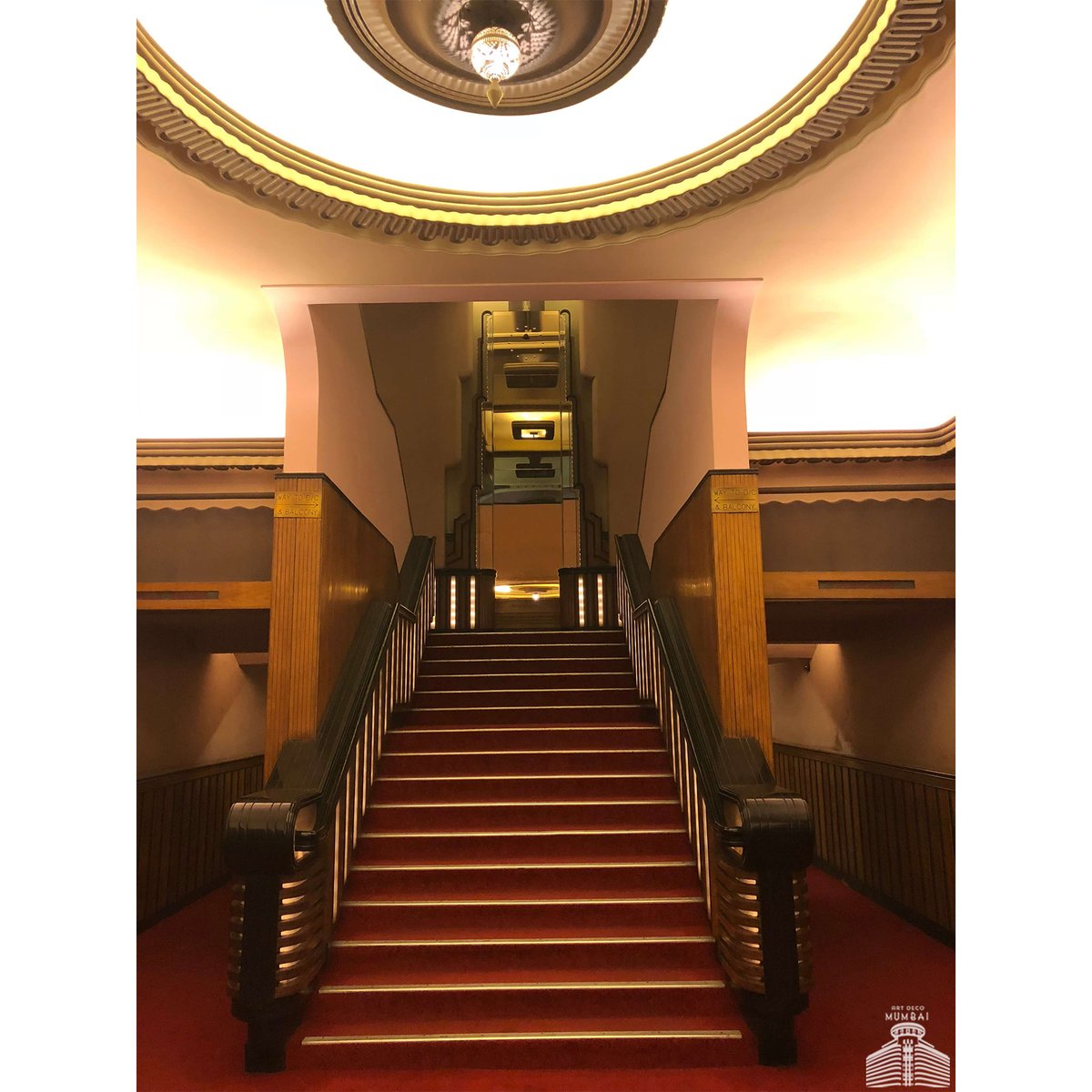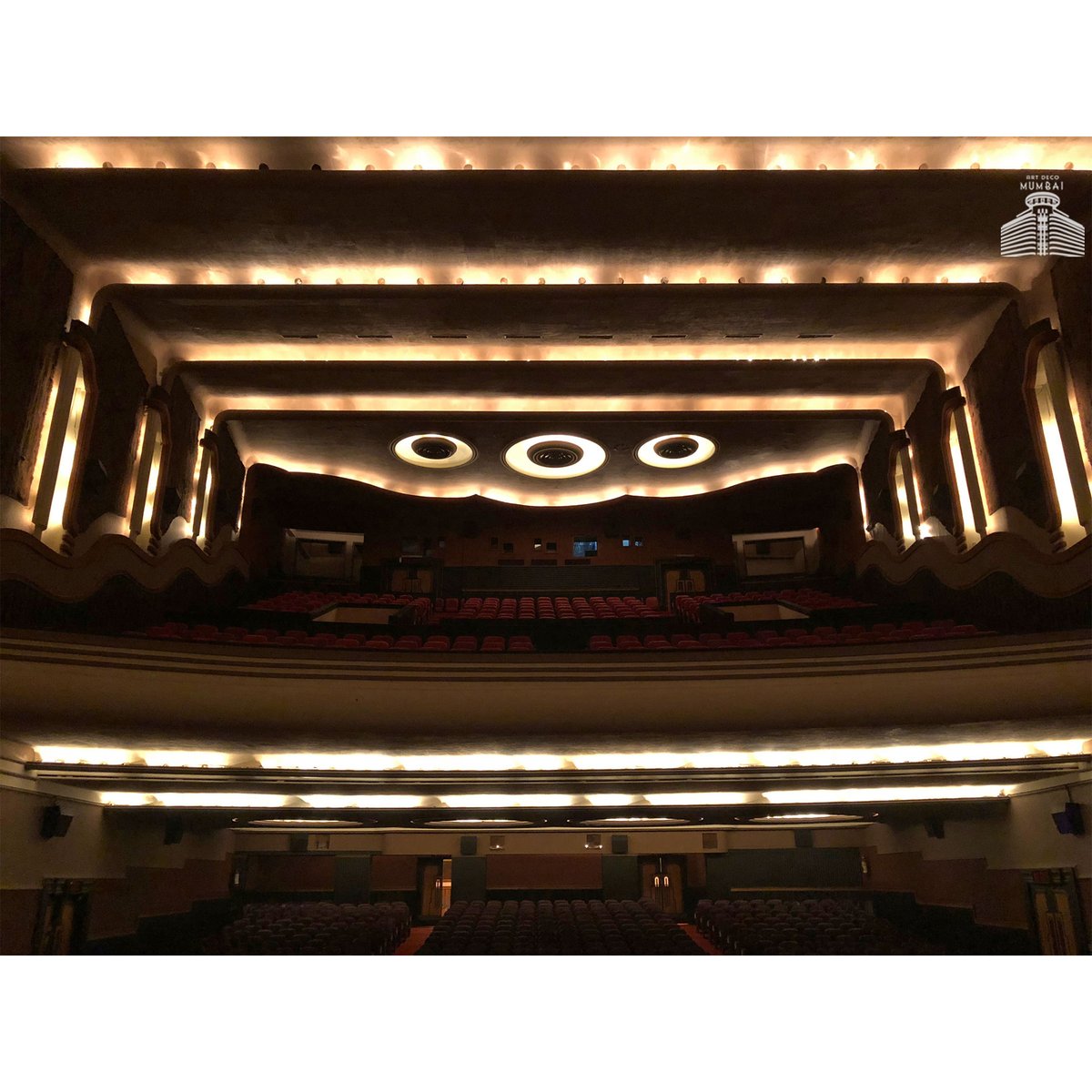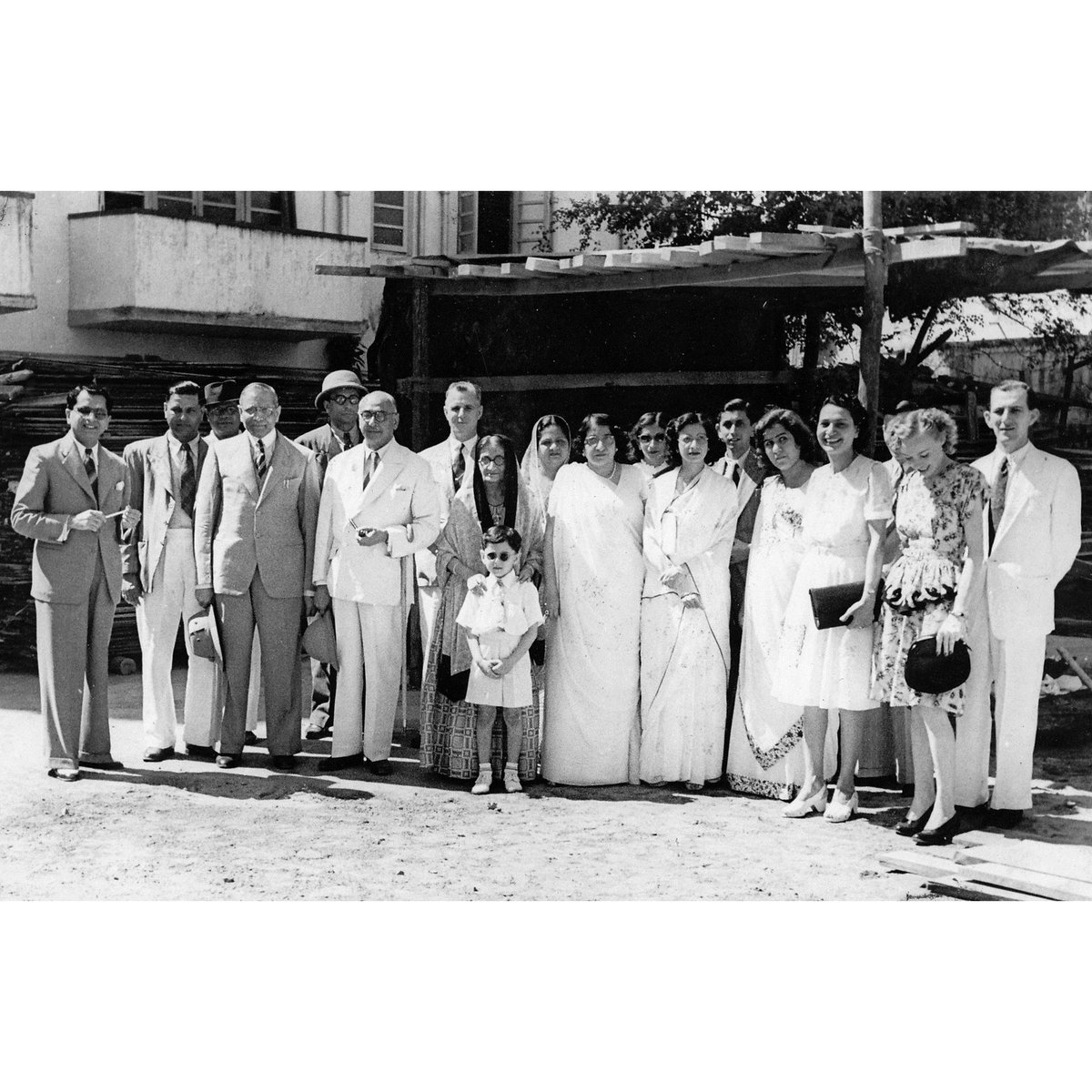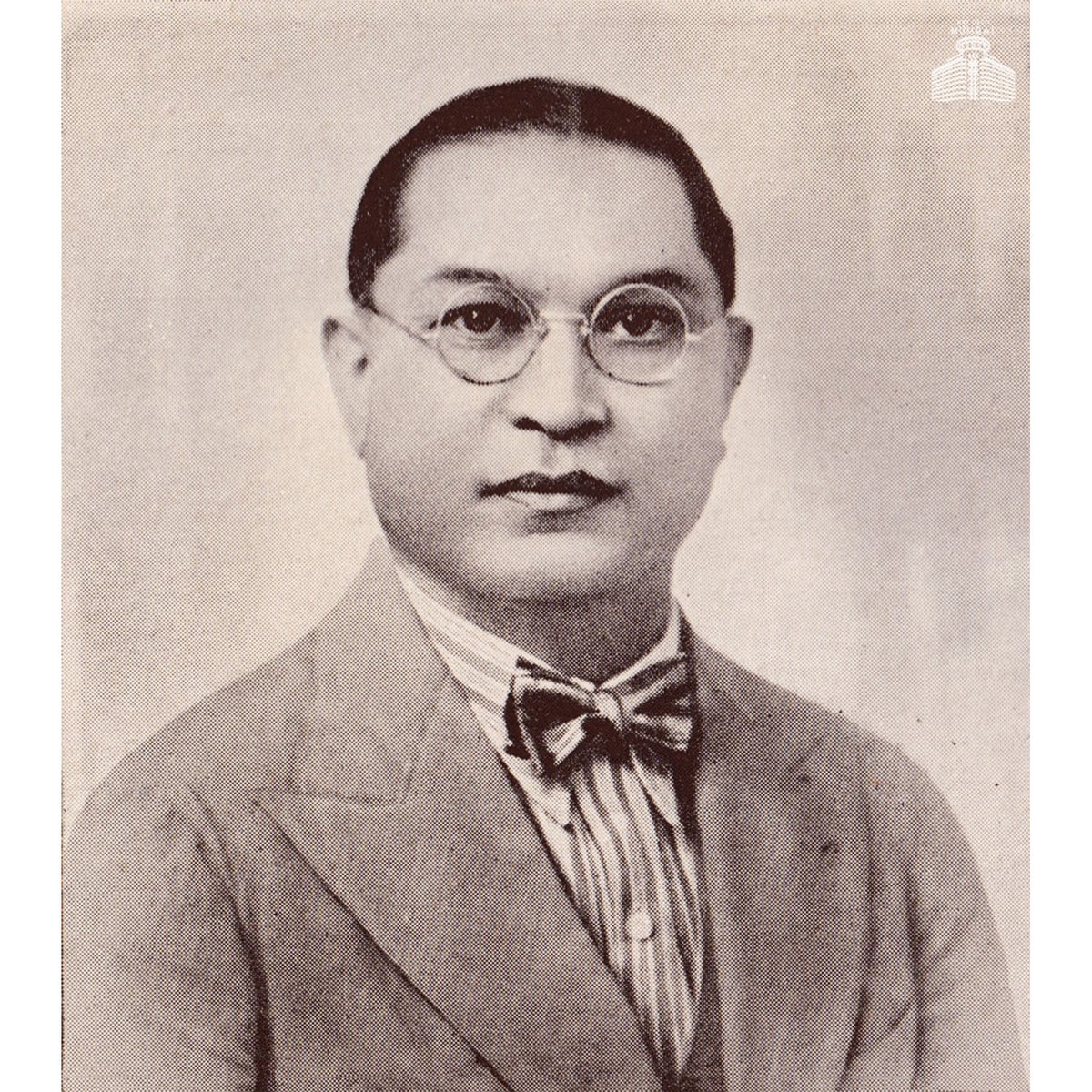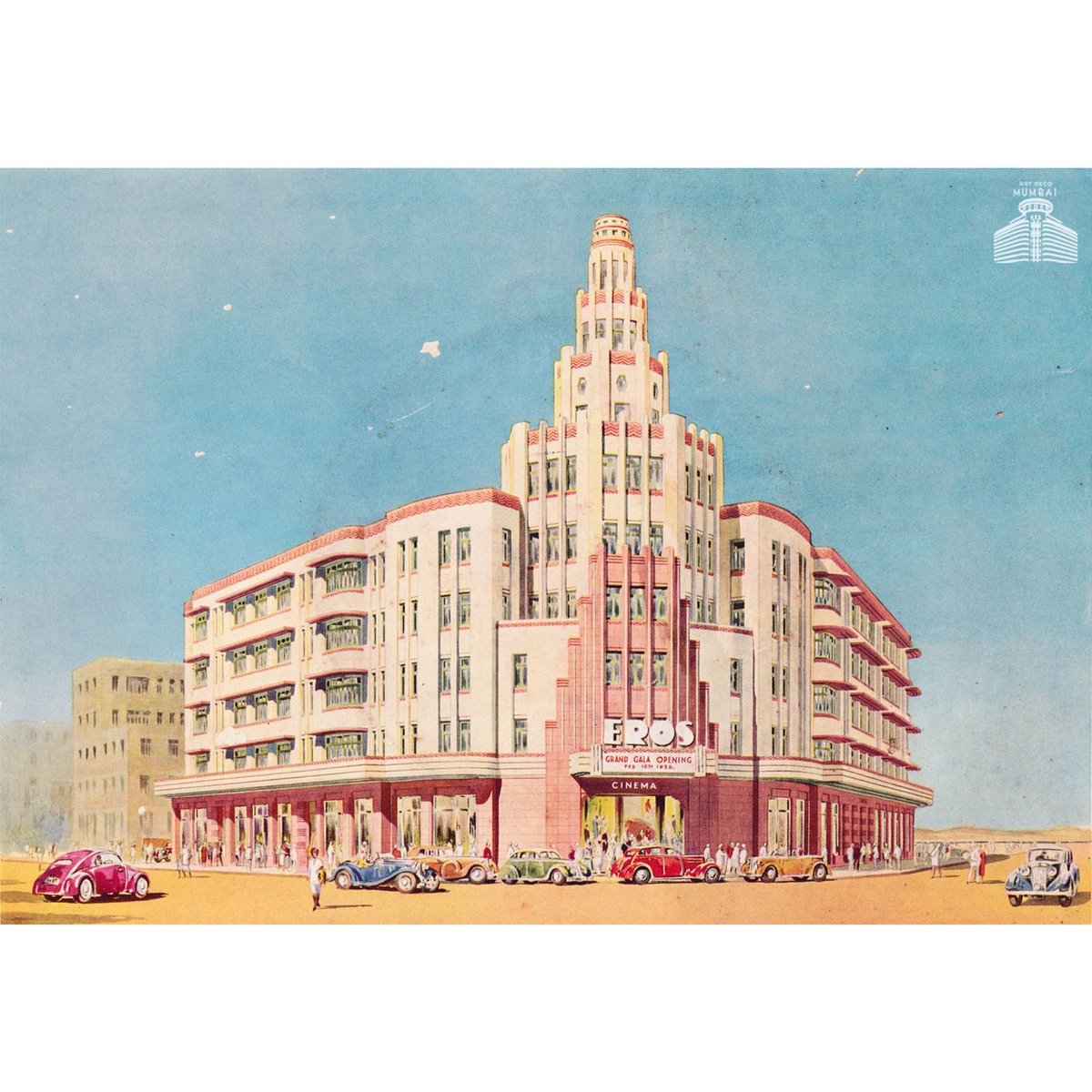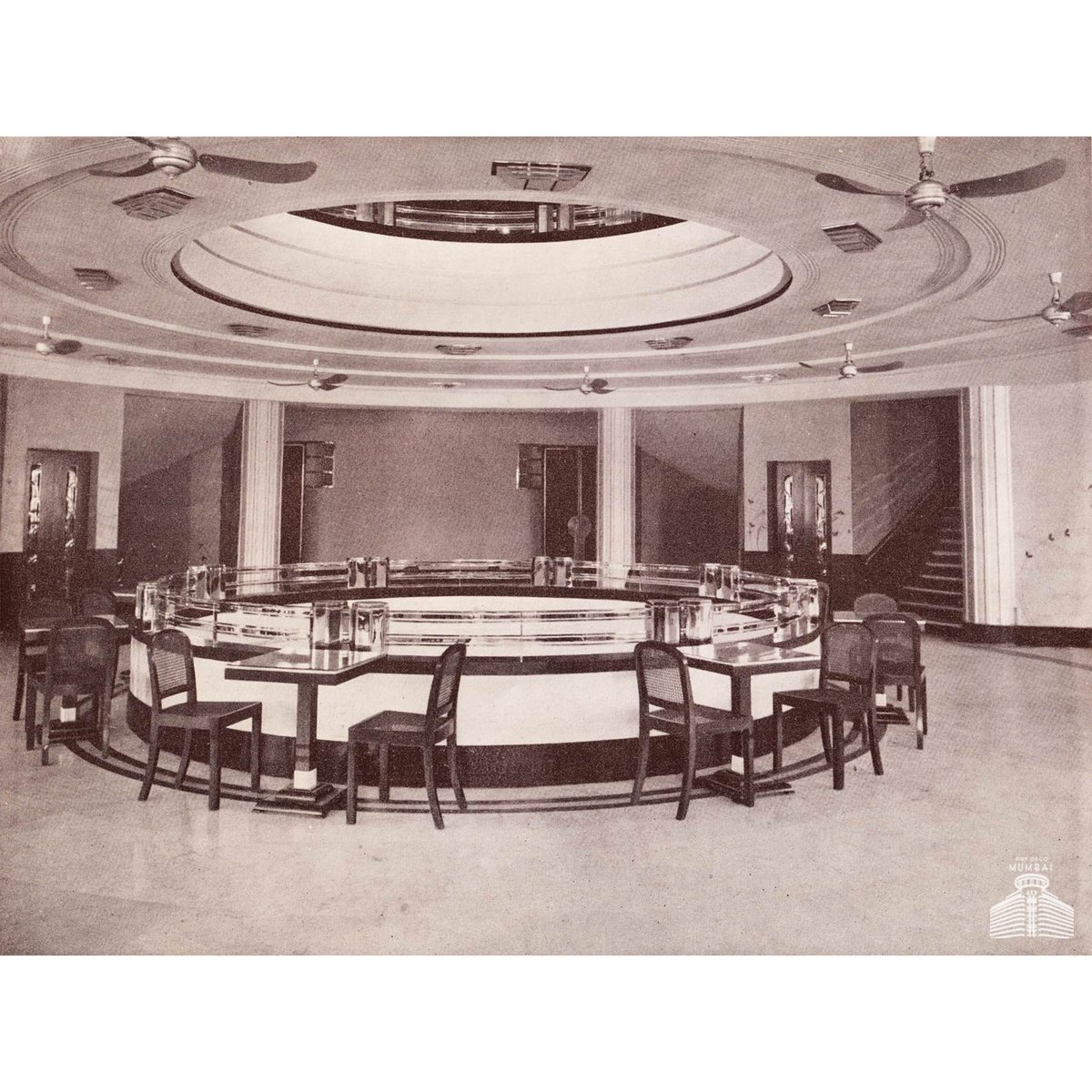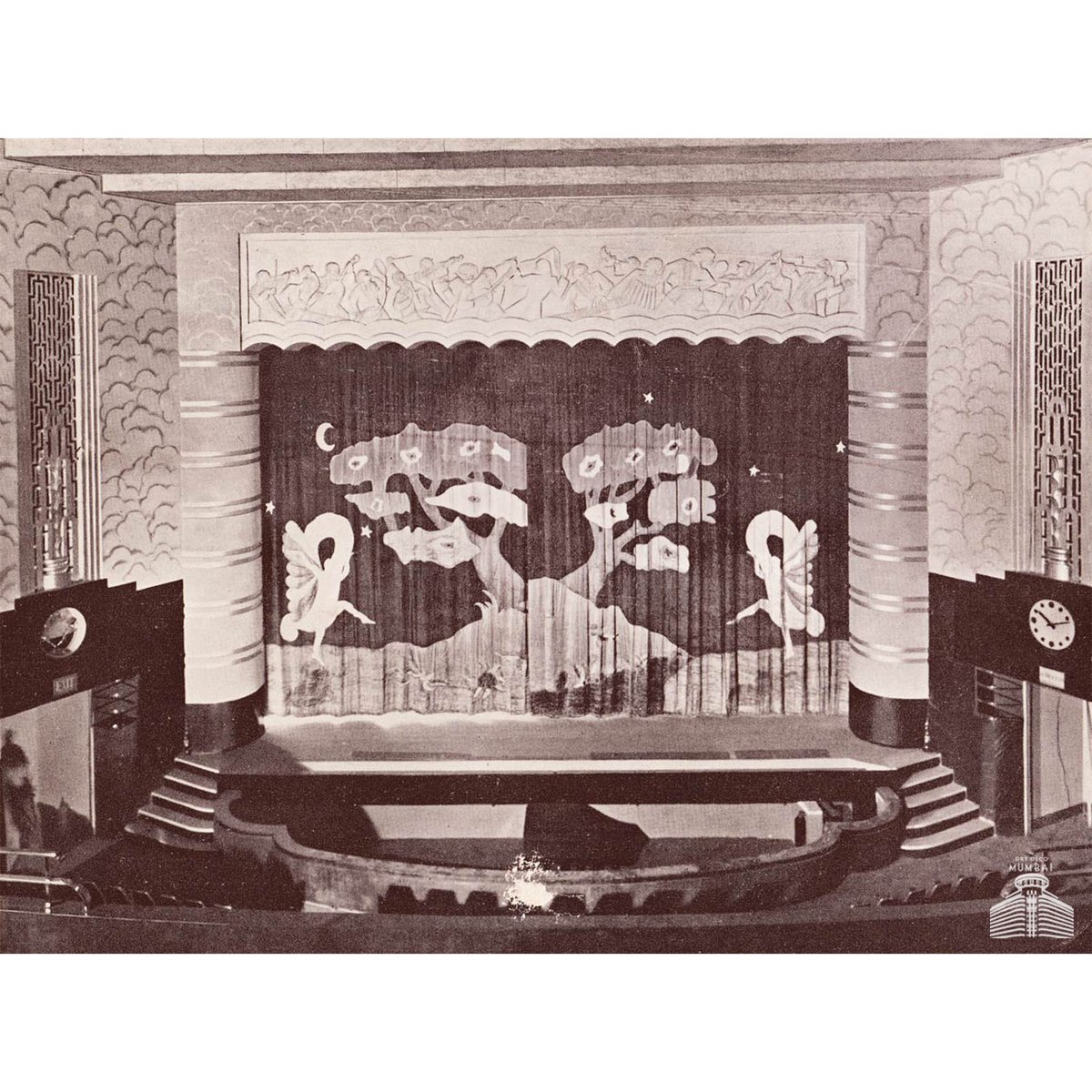Ganesha at Liberty Cinema. Late Nazir Hoosein (Owner of Liberty) relates: In 1994 Barjatya’s of Rajshri Productions wanted to release Hum Aapke Hain Kaun (HAHK). “We love your cinema, & we want to put our new picture here, but you’ll have to change the sound system.” Contd. 





I said, “It will cost me 10 lacs. What happens if your film bombs?” So they said “If it bombs, we’ll pay you whatever you’ve paid for the sound system.” I said done. No agreement, nothing. Just a good handshake. The rest, as they say, is history. Contd.
‘’From 5 Aug 1994, HAHK ran 44 consecutive house full weeks, a total of 125 weeks and about 2 million people saw it over 2,625 shows. I think that’s a record for a single screen theatre. The Ganesha was gifted by Rajshri’’. It still adorns the lobby. Contd.
#HumAapkeHainKaun #Bollywood #Cinema #HouseFull #NazirHoosein #Liberty #Ganpati #OralHistory #HappyMemories #SingleScreen #Theatres #Movies #Film #SavingPlaces #HistoryMatters #Teakwood #ArtDeco #ArtDecoMumbai #Mumbai #India
• • •
Missing some Tweet in this thread? You can try to
force a refresh



